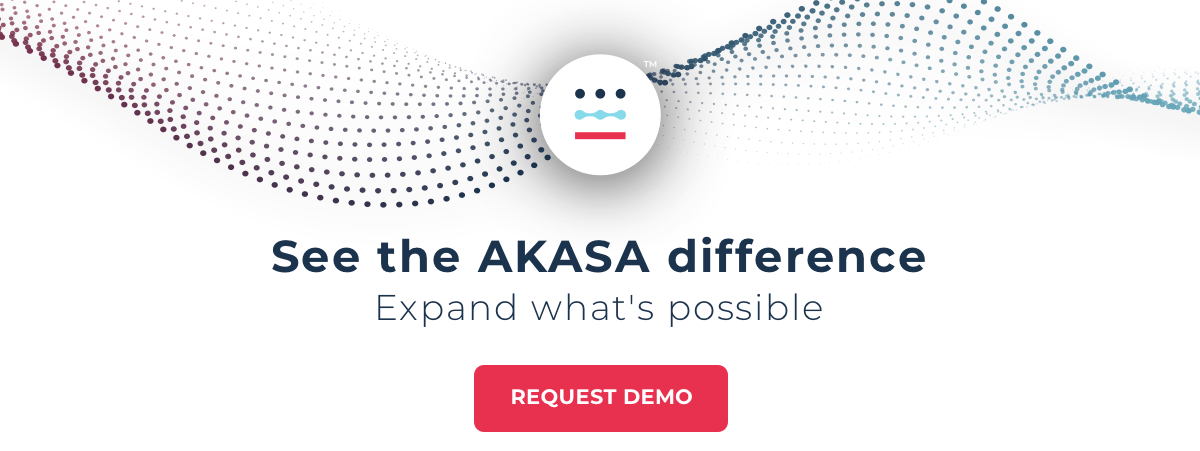The Gist
Healthcare in the U.S. is an expensive thing. For years the idea of consolidation has floated around, seeing many healthcare systems partner up or combine their businesses in an effort to cut costs. This clearly isn't working. But, generative AI and large language models could hold the key to a true, more affordable healthcare system.
Healthcare in America is incredibly expensive. While the underlying cause is multifaceted and nuanced, many healthcare leaders agree on one thing – that the concept of “scale” as a solution has become clouded by overuse and misapplication.
Today, scale is colloquially used to simply indicate size. But this interpretation ignores the classic idea of scale, which not only encompasses size but also – and most critically – cost. True scale is fundamentally about harnessing cost advantages secured from increased volume.
Is Consolidation the Solution to Healthcare’s Woes?
Healthcare has been enamored by the notion of scale as a panacea to cost, quality, and access challenges, as evidenced by the flurry of M&A activity over the last decade. Everyone was reaching to achieve synergies by combining resources from multiple health systems via formal combinations, partnerships, and affiliations. But has this consolidation really yielded improvements across those domains?
Research such as a 2020 Harvard University study suggests consolidation leaves much to be desired. Readmissions, mortality rates, and patient experience went unimproved as a result of hospital mergers. These are all key quality metrics that hospitals typically target for improvement in their hunt for synergies and can meaningfully impact the reimbursement hospitals receive for services they provide.
University of Pennsylvania’s Wharton School of Business suggested that acquired hospitals realize just 10% of the cost savings claimed throughout the due diligence process. Turns out, we can’t solve all of our problems by mashing two health systems together and hoping for the best.
Yet, there have been a few measurable and significant advantages that have emerged as a result of this wave of consolidation. The first is an increase in health system pricing power, as observed in this New York Times study. This pricing power has been critical to realizing more immediate benefits of consolidations while traditional cost-restructuring activities take more time and have proven challenging to achieve.
A decade of economic expansion has also delivered outsize returns for health system investment portfolios – and in fact, over the last two years, investment income represented nearly half of hospital net margin.
This pricing power boon to hospitals has not gone unnoticed by the FTC – who has signaled heightened levels of oversight and scrutiny of hospital M&A activity in 2020 in an effort to improve competition in the healthcare industry. And the stable, favorable investment outcomes hospitals have enjoyed in recent years will now become more difficult to capture with a new, volatile economic landscape that continues to dramatically shift.
The global pandemic has introduced new uncertainty on both counts. M&A may be a strong option, but only if those deals in question are able to actualize real scale.
Technology’s Increasing Role in Healthcare
There have also been dramatic shifts in technologies and consumer behaviors in the past decade that place additional pressures on healthcare organizations to fundamentally change how they deliver care and their underlying cost structures. These market forces have come together to drive the healthcare industry’s current focus on digital transformation.
The cornerstone of digital transformation efforts is artificial intelligence. Advancements in AI and large language models (LLMs) have powered dramatic improvements and new approaches to streamlining healthcare RCM. We’ve come a long way from automation’s early beginnings with technologies like robotic process automation (RPA), which is capable of completing simple, linear tasks. Modern solutions now leans on generative AI and LLMs, resulting in tools that perform tasks dynamically while also operating in a never-ending cycle of self improvement as the algorithm observes and learns from its environment.
Today’s GenAI has become truly autonomous in many cases and it will serve as the key for health systems to unlock the full promise of scale.
The AKASA platform uses leading-edge generative AI and LLMs to deliver an AI-powered solution that learns as it works. If it encounters a problem it hasn’t seen before, our team of revenue cycle experts-in-the-loop tag in, complete the work, and train the platform.
Operational scale in healthcare can be more than a dream. See the future of AI-powered healthcare for yourself and schedule a free demo today.











